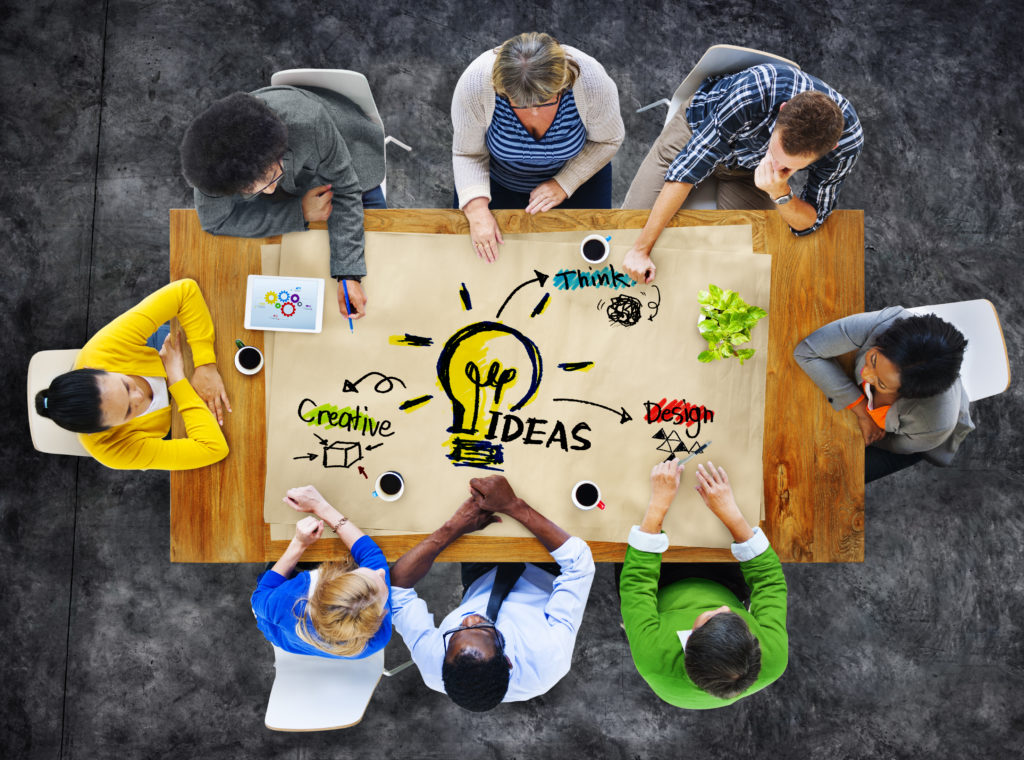Continuous learning is more than just a mantra—it’s a fundamental strategy for personal and professional success. Your ability to adapt, grow, and stay relevant in constant change will set you apart as a leader. Join us as we dive into the importance of continuous learning and how you can build an environment that supports education.
What is Continuous Learning?
Continuous learning refers to the ongoing process of acquiring new knowledge or skills beyond formal education. It involves a proactive and intentional approach to personal and professional development culminating in a specific goal.
Continuous learning offers more than new information but a new worldview. It can open opportunities you never dreamed of and boost progress toward life goals. This commitment to perpetual learning reflects a mindset that embraces change, innovation, and the pursuit of excellence in both personal and professional realms.
Examples of Continuous Learning Professionally
- Training Programs
- Attending Conferences or Networking Events
- Pursuing a Master’s or Ph.D.
- Reading Industry News
- Mentoring or Coaching
- Experimenting with AI Technology
Examples of Continuous Learning Personally
- Reading Books or Blogs
- Taking Online Classes
- Organizing Meetups
- Trying New Hobbies
- Volunteering
- Joining a Gym
Why is Continuous Learning Important?
You may feel reluctant to return to a student mindset, but the benefits of continuous learning can launch your personal and professional development. From a survey, 65% of responders said their learning process over the last year expanded their professional network. Other benefits include:
- Increased confidence
- Supported goal achievement
- Boosted innovation
- Invested team members
- Demonstrated leadership qualities
Lifelong Learning vs Continuous Learning
Lifelong and continuous learning follows the same mission of committing to educational growth. Yet, duration and level of commitment differentiate a lifelong learner from a continuous learner.
If you are someone who resolves to learn one new thing a day, read for an hour before bed, or take lessons in a new hobby weekly, then you are a lifelong learner. You incorporated educational opportunities and skill-building into your lifestyle for years to come.
If you are working toward a certification, earning your degree, or learning a new technical program, then you are a continuous learner. You engage in educational opportunities for a temporary amount of time with a specific goal.
How to Build a Continuous Learning Environment
1. Analyze how and when learning moments occur
How you learn may be obvious, but how does your team learn? Continuous learning in group settings can happen during the average workday. Try to notice when someone receives feedback or reaches out to learn something new. You can optimize these learning opportunities over time to start building an environment that welcomes continuous learning.
2. Find the skill gaps and barriers
When leading a team, you will have various skill levels that can be hard to balance. More experienced professionals find fundamental learning boring, while less experienced professionals become easily overwhelmed by information. Analyzing the overlapping skill gaps and the barriers to continuous learning as a team will revolutionize the team-building environment.
3. Define your learning goals
As stated, continuous learning is a temporary time frame usually culminating in a specific goal. Personal goals can include earning a certification or completing a project. Whereas, professional goals can range from achieving key performance indicators to team training programs.
4. Decide upon a learning platform and strategy
Remember your high school days when you hunched over textbooks, bubble tests, and essays? You can still use the same notetaking skills, memorization strategies, and other learning techniques that worked. However, learning as an adult can be more interactive and engaging. Take some time to research different learning environments and find one that gets you inspired!
Three continuous learning environments include self-directed, social, and formal learning. Self-directed learning takes skill building at a time and schedule that fits you. Social learning incorporates others into your learning journey, perhaps through mentoring or shadowing. Finally, formal learning defines a specific environment and time, like a college or conference.
5. Incorporate learning into your schedule
Commit to a specific amount of time to sit down and learn. It can be a weekly lunch-and-learn with your team or a post-work hour video lesson. The more consistently you maintain learning in your schedule, the better!
6. Adjust as needed
As with any new habit, obstacles will pop up. It can be an issue of time, energy level, access to resources, etc. Besides external factors, we have preferences on how we learn from tactile to auditory learning strategies. Take time to explore the best process for you!
7. Gamify it!
Learning does not have to be rote memorization and bubble tests. Find ways to gamify your learning material, like establishing a reward system, designing quizzes, or using interactive apps. Upskilling can be a way to bond with your coworkers and bring fun into a mundane work routine.
Continuous learning is a dynamic and lifelong process that propels us toward excellence, equipping us with the tools needed to navigate the complexities of our ever-changing world. In the pursuit of knowledge, we not only empower ourselves but also contribute to the collective progress of humanity.
Become a continuous Learner at IAW!
Find a community of women as dedicated to professional development as you! The International Association of Women offers members self-directed learning options like guided LinkedIn learning paths and a vast resource library, plus social learning options such as Local Chapter events, weekly Monday Masterminds, and HerizonInsights panel discussions.





Your insights have been incredibly helpful, thank you.